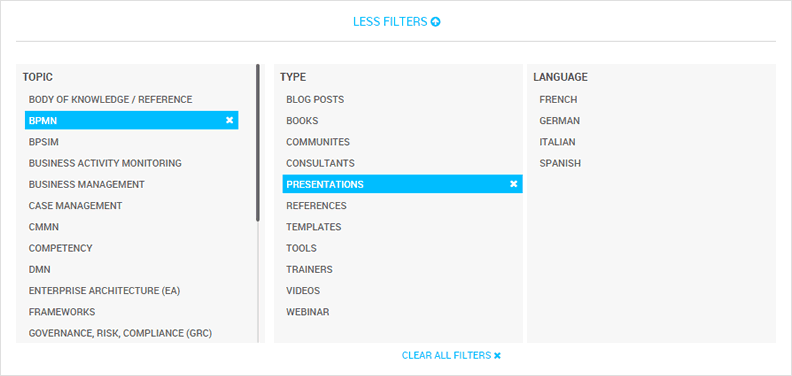The Link Between Requirements Traceability and Defect Reporting
Blog: Business Analyst Learnings Blog
Software requirements and the decisions made relating to them, carry through from the point of conception till the product is working in the live environment. One of the key decisions that need to made during software projects is the priority of requirements. The priorities of critical requirements can be preserved by ensuring these requirements are linked to their test cases as the project evolves from one phase to another.
The importance of requirements traceability becomes more apparent further down the line when defects are identified during the course of software testing. Resolving all software defects discovered during testing can be quite challenging (almost an ideal) given the limited time, funding and other key factors that affect software implementation. Since it may not be possible or even realistic to fix all software defects, it becomes important to prioritise the defects that are to be fixed based on their severity levels (their impact on the system and the business as a whole).
Defect reporting should draw on the priority of individual requirements and not be done in isolation. Testers should also not assign severity levels and priorities to defects until the importance and priorities of underlying requirements are well understood. Requirements traceability can help to ensure that:
- Key requirements are addressed and not left on the table when the product is finally released.
- Severity levels are only assigned after due consideration of the priorities of the requirements to which they are linked and
- Software defects that are potentially out of scope of consideration are identified, for example, those that arise based on a user’s unstated expectation of how the system should work, which are of low significance to the business.
Requirements Traceability Matrices (RTMs) are especially useful here and can be used for tracing user requirements and linking them to their test cases. They can be used by testers to ensure that the defects recorded per test case are linked to their originating requirements in order to assist the business in assessing the effects of fixing a defect or postponing the fix till a later release.
Picture Attribution: “Chain” by Salvatore Vuono/Freedigitalphotos.net
Leave a Comment
You must be logged in to post a comment.








